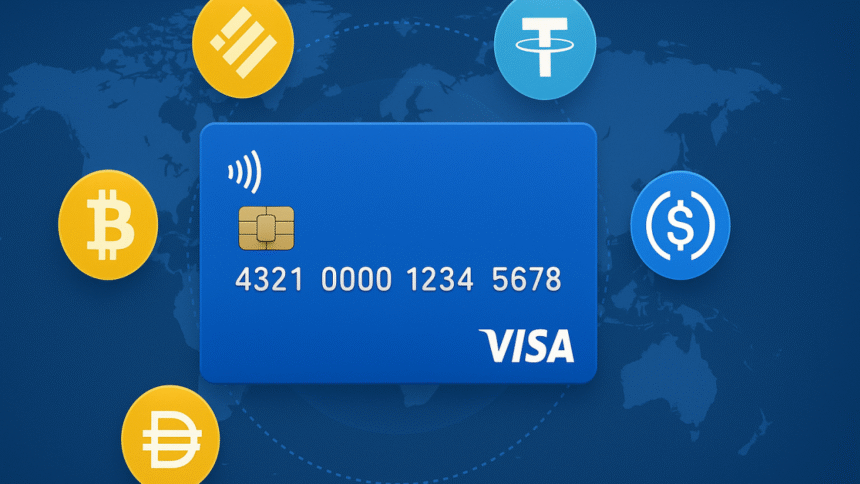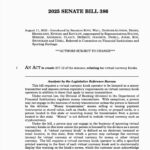Visa Stablecoin Pilot Unveils Faster Cross-Border Payments
Background: Visa’s Move to Modernize Global Transactions
Visa has announced a new initiative aimed at accelerating cross-border payments through the launch of a stablecoin pilot program. Revealed at SIBOS 2025, the Visa stablecoin pilot cross-border payments project allows select banking and financial institution partners to use Circle’s USDC and EURC stablecoins as pre-funded assets for near-instant global payouts. This initiative is part of Visa’s broader effort to modernize money movement in commercial and treasury operations. The news was shared on Tuesday, highlighting Visa’s partnership with Circle and commitment to facilitating faster payment flows worldwide (Cointelegraph).
How the Stablecoin Pilot Works
The Visa stablecoin pilot cross-border payments project enables participants—including banks, remittance services, and financial institutions—to optimize liquidity management. Rather than holding substantial amounts of capital in various currencies across multiple locations, institutions can pre-fund their Visa Direct accounts using stablecoins like USDC and EURC. Visa treats these assets as cash equivalents, allowing rapid initiation of payouts. According to Chris Newkirk, president of commercial and money movement solutions at Visa, “Cross-border payments have been stuck in outdated systems for far too long,” and the pilot is intended to give businesses more options and speed in global money movement.
Pre-funding with stablecoins aims to release tied-up working capital, minimize currency risk, and offer more predictable cash flows—even during off-hours or weekends when traditional payment rails may not operate. To date, Visa reports settling over $225 million in stablecoin volume. While this is only a small fraction of Visa’s $16 trillion annual payments, the pilot marks a significant technological shift for treasury operations.
Market Reaction and Industry Trends
Visa’s announcement follows similar moves in the digital asset industry. Just one day earlier, Swift revealed a collaboration with Ethereum development firm Consensys and over 30 financial institutions to develop a blockchain-based settlement system designed to enable 24/7 real-time cross-border payments. The competitive push highlights growing confidence in blockchain and stablecoin solutions for faster, more efficient global finance.
Elsewhere in the sector, crypto payment companies have marked notable milestones. RedotPay, a stablecoin payment startup, achieved unicorn status after securing $47 million in funding, while Bastion, a stablecoin infrastructure firm, raised $14.6 million in a round led by Coinbase Ventures. This surge of activity suggests broader acceptance and integration of stablecoins in international payment systems.
What’s Next for Stablecoin-Powered Payments?
Visa’s stablecoin pilot cross-border payments program is currently open only to selected partners which meet the company’s internal criteria. However, there are announced plans to expand the pilot more broadly in 2026. The intent is to streamline global liquidity management for banks and financial institutions, reducing dependence on dormant fiat currency reserves and fostering real-time international payouts. Market watchers anticipate continued collaboration and competition among payment giants, fintech startups, and blockchain developers to shape the future of global money movement.
For more on the evolution of crypto payments and emerging technology in finance, visit the cryptocurrency insights page.
Sources
Reporting via Cointelegraph



















